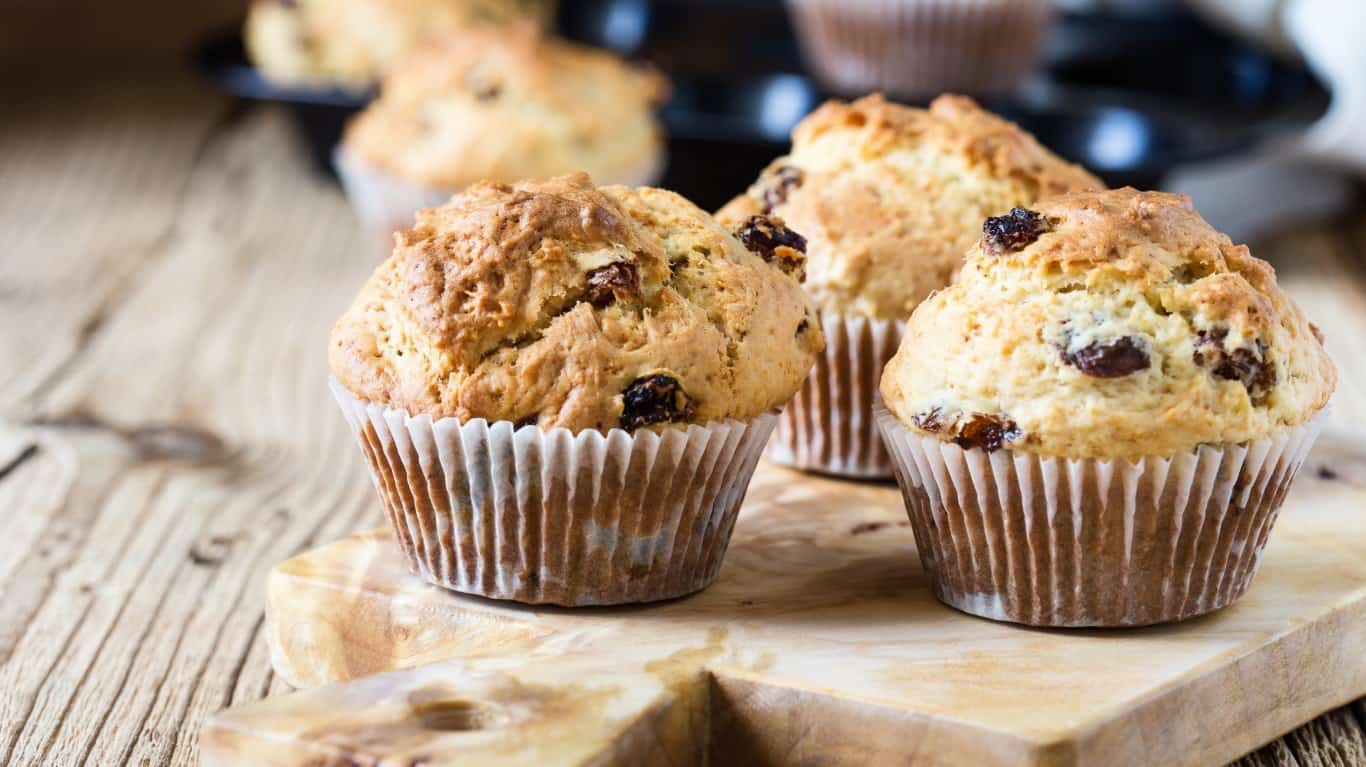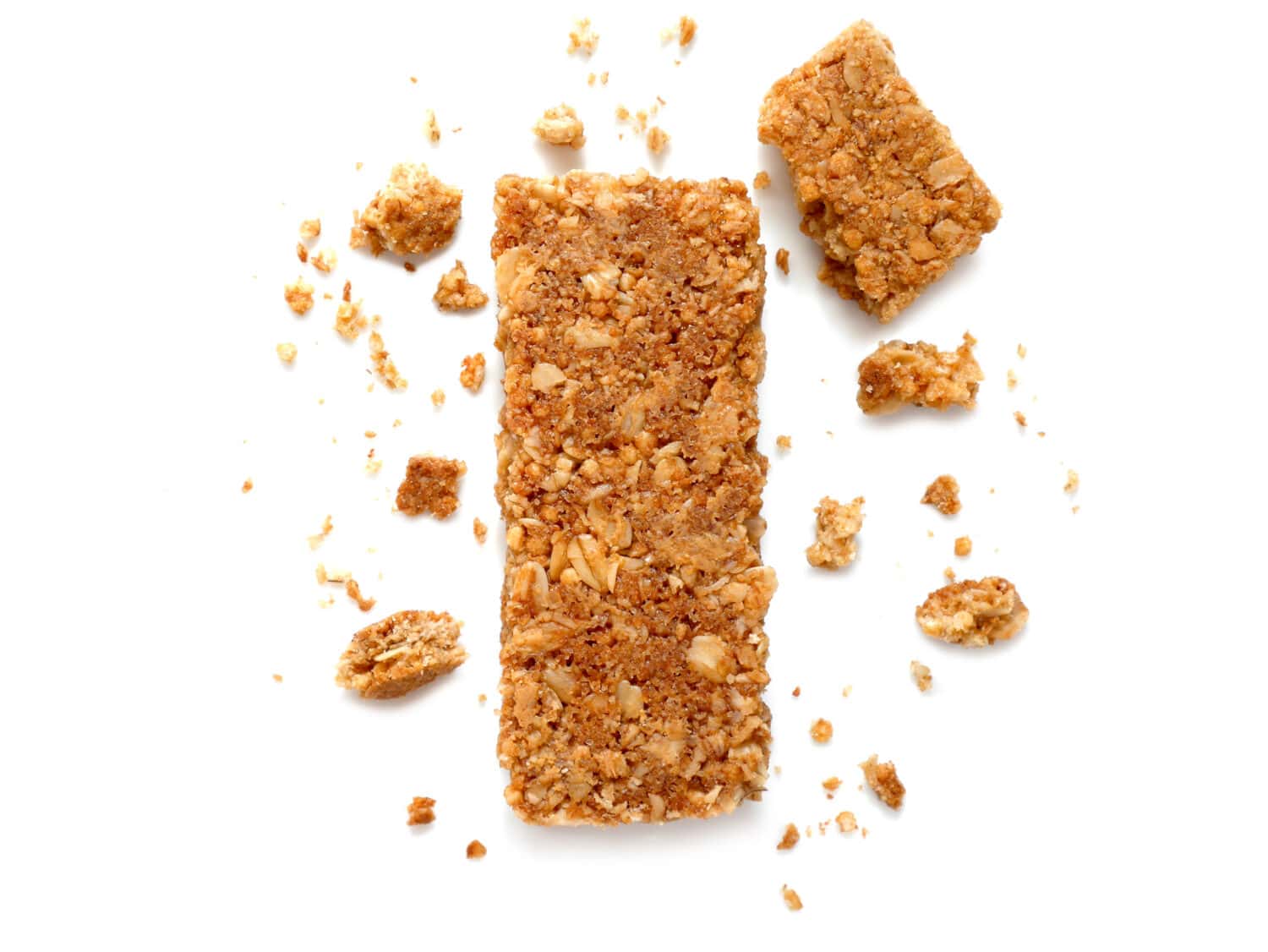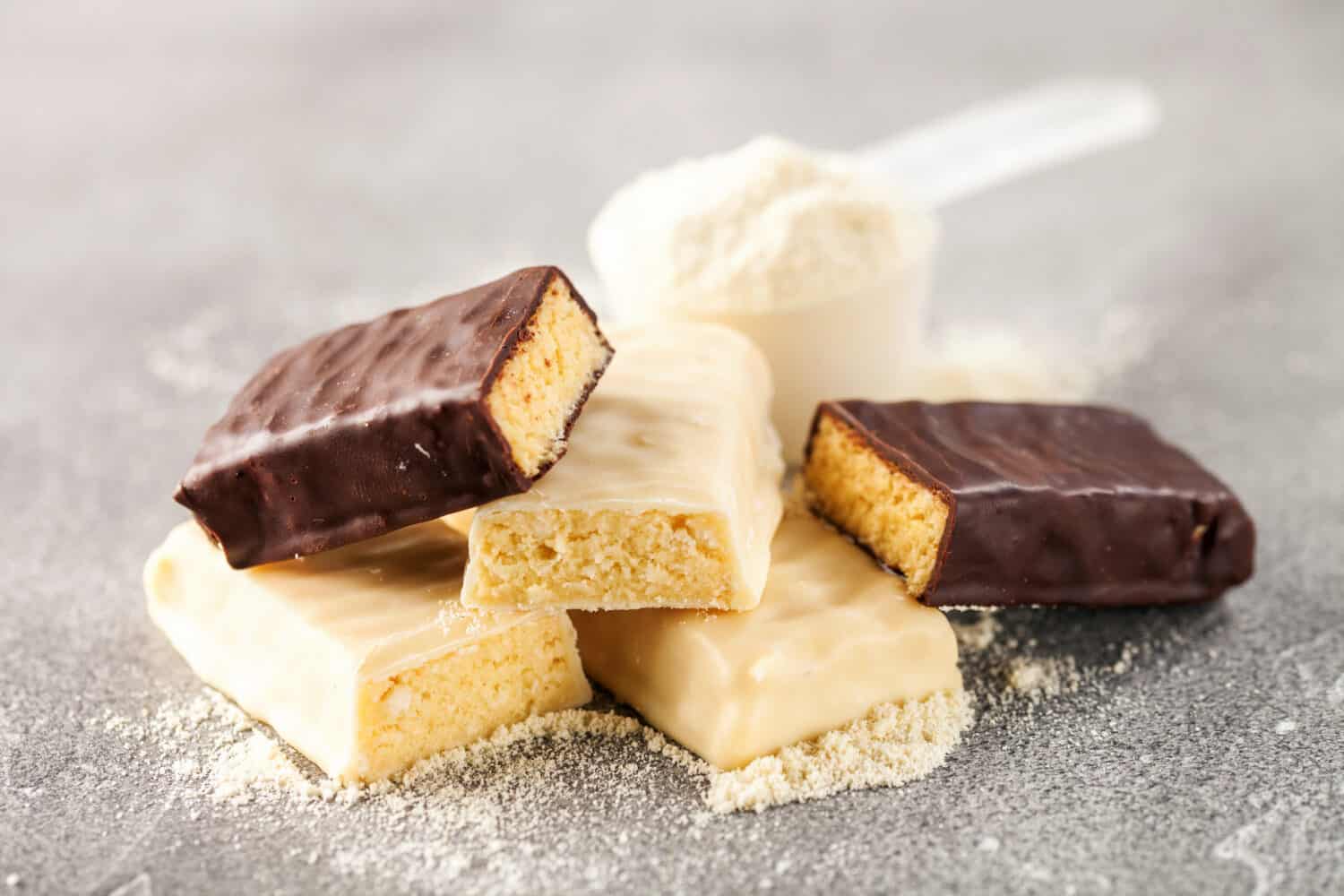Health fads come and go. As advances are made in nutrition science, foods that were formerly considered healthy, like margarine and diet sodas, are sometimes revealed to be exactly the opposite.
To determine 21 foods we used to think were healthy, 24/7 Tempo referred to numerous health and nutrition sites including Women’s Health and Healthline, focusing on fad foods that have moved beyond their peak.
Beginning in the late ‘80s, a diet food movement rose to prominence, vilifying fat and championing items such as frozen yogurt, frozen lean dinners, and wheat bran muffins. As it turns out, many items marketed as low in fat rely on extra sugar or sodium to make up for the loss in flavor.
Modern nutrition has revealed a plethora of health problems associated with eating an excess of sugar, including high blood pressure, weight gain, diabetes, inflammation, and an increased risk of heart attack and stroke. The effects of eating too much salt include an increased risk of high blood pressure, kidney disease, and even stomach cancer.
Many of us grew up eating instant oatmeal, breakfast cereal, flavored yogurt, and fruit snacks – all of which can contain high levels of added sugar that flood the bloodstream with glucose, contributing to plaque buildup in the blood vessels and weight gain. Whole, fresh fruits, on the other hand, offer dietary fiber that binds to sugars, allowing the body to process them more slowly and providing prolonged energy without the sugar crash. (On the other hand, here are 25 junk foods that are actually not so bad for you.)
To determine 21 foods we used to think were healthy, 24/7 Tempo referred to numerous health and nutrition sites including Women’s Health and Healthline, focusing on fad foods that have moved beyond their peak.
Juice flavored drinks

Fruit juice cocktails and juice flavored soft drinks were once common additions to children’s lunchboxes. It turns out, they can be just as high in sugar as an average soda, and often contain artificial colors and flavoring. Although some may offer a token amount of nutrients, the resulting spike in blood glucose levels is similar to the effects of drinking a cola.
Agave syrup

Once touted as a low-glycemic natural sweetener, agave syrup is actually higher in fructose than high-fructose corn syrup, and contains virtually no fiber or nutritional benefits. High fructose intake may contribute to insulin resistance, heart disease, and diabetes. Many nutritionists now consider agave to be worse than table sugar.
Bran muffins
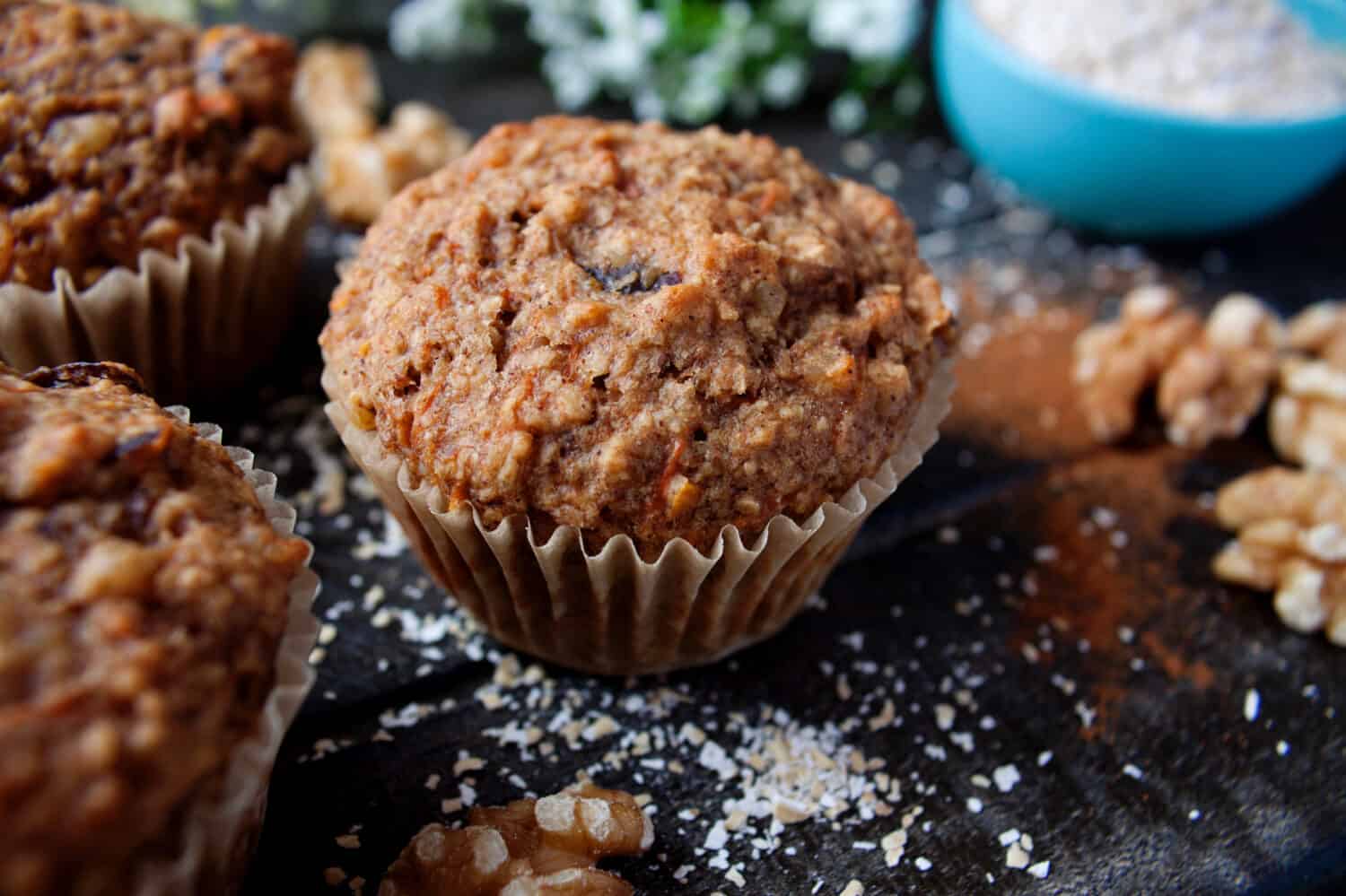
Marketed as a healthy breakfast option, bran muffins were all the rage in the late ’80s and early ’90s. As it turns out, they often contain only 3 grams of fiber, but can pack in 400 calories and 36 grams of sugar. For reference, the American Heart Association recommends an intake of no more than 24 to 36 grams of sugar a day.
Breakfast cereal
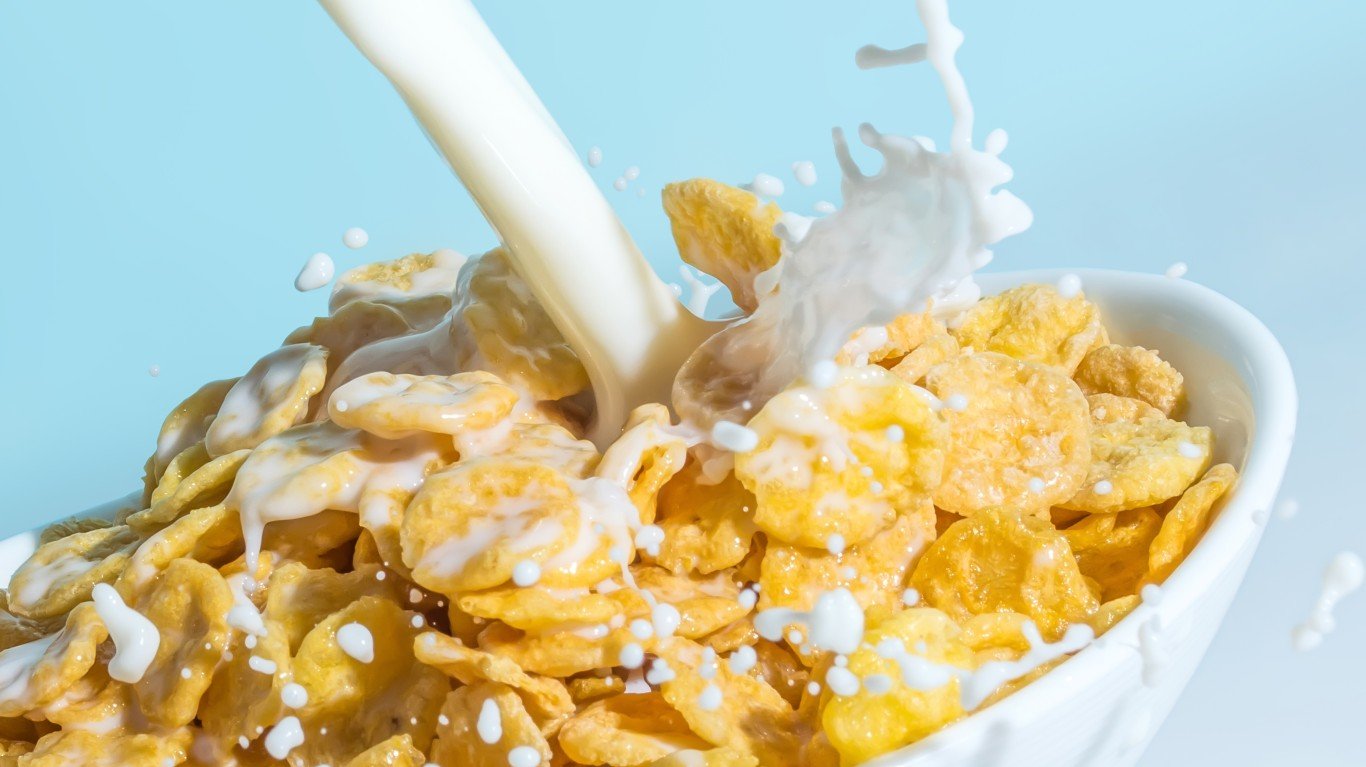
Breakfast cereals were once believed to be a great way to start the day, yet many are made with refined grains that offer little protein or fiber. With mini marshmallows, candy bar flavors, and frosted coatings, it’s a wonder our parents used to let us eat this stuff.
Canola oil
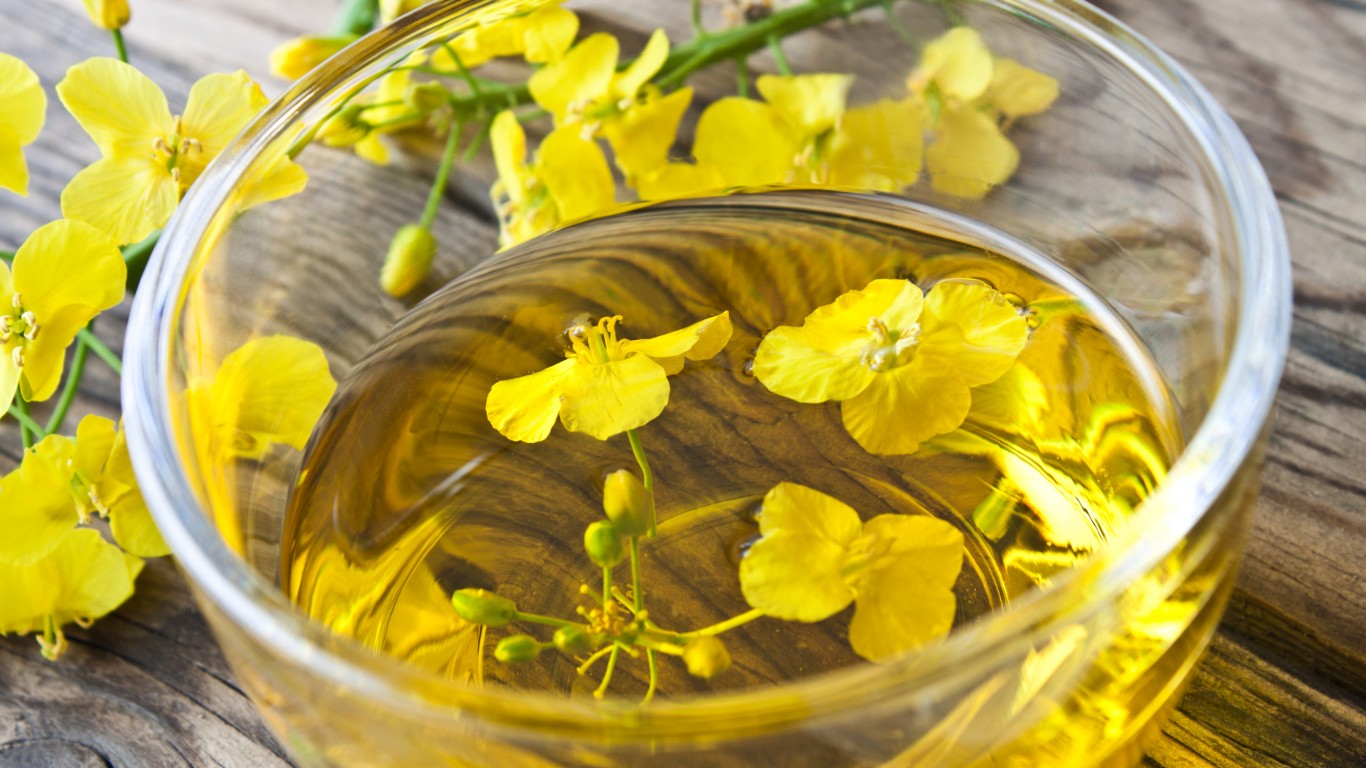
Once considered healthy because it’s low in saturated fat, this highly refined oil is usually processed using heat and chemical extraction, which can lead to molecular instability. This means canola oil can oxidize or go rancid very easily.
Canned soup
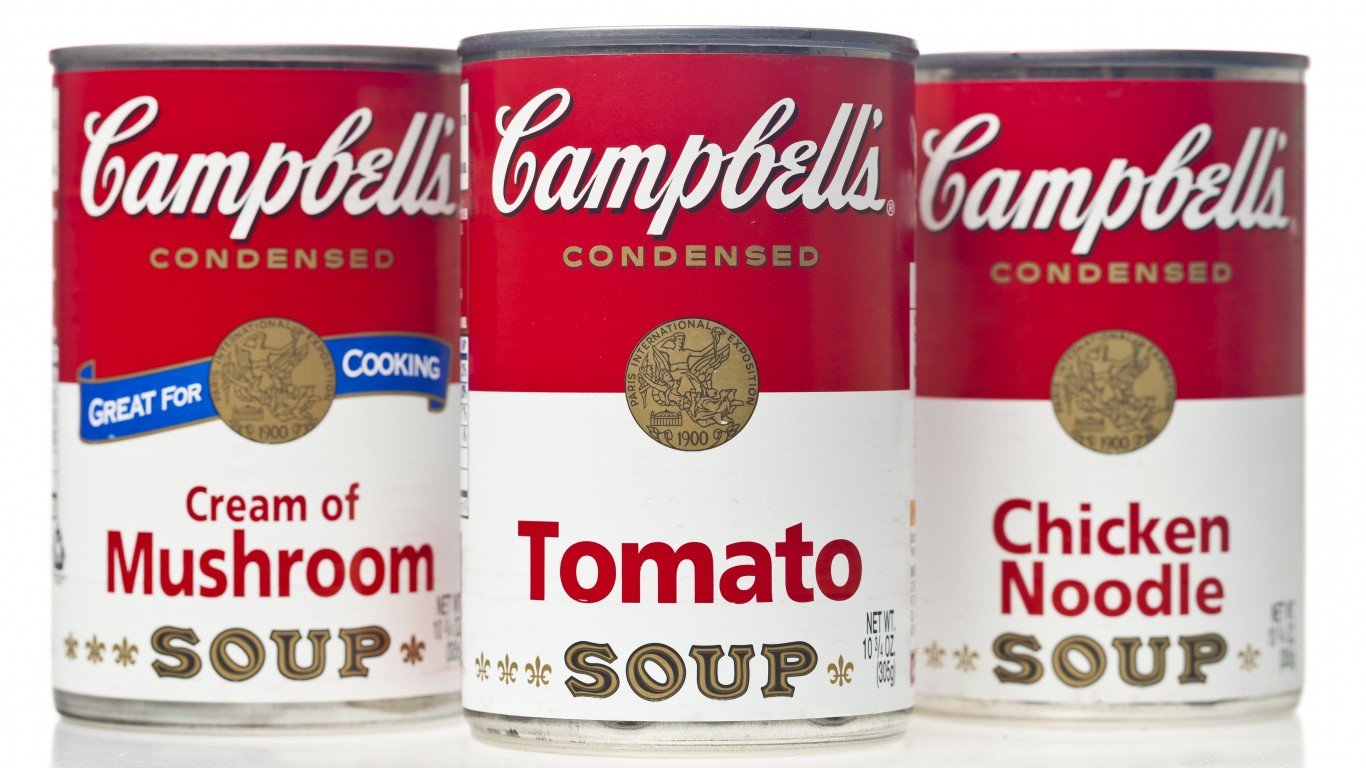
Canned soups have been around for over a century, but only recently have they come under fire for their extreme sodium contents. Even low-sodium varieties should be avoided by those with hypertension.
Diet soda
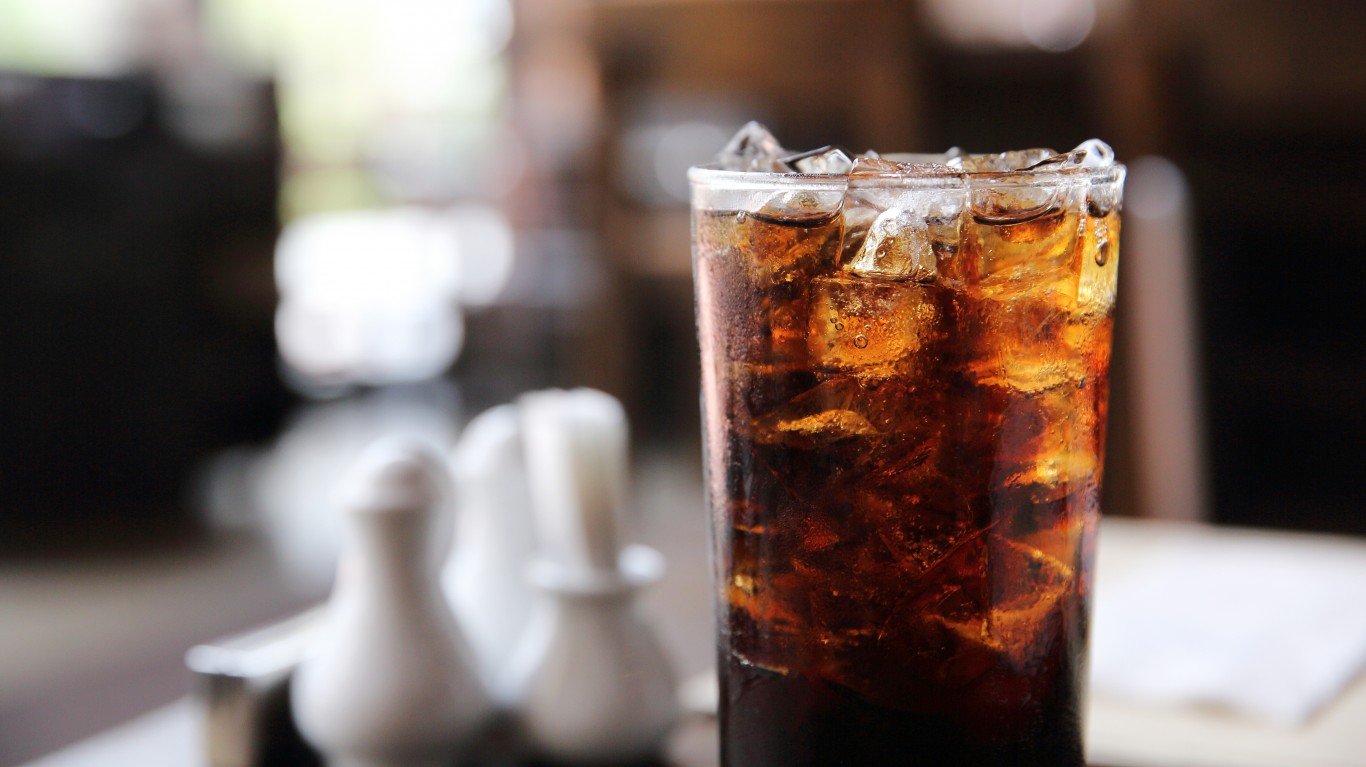
They may not contain calories or sugar, but diet sodas have been linked to weight gain and a higher risk for metabolic syndrome. This may be because the sweet taste without the calories actually makes people crave more sugary and calorie-rich foods.
Flavored oatmeal
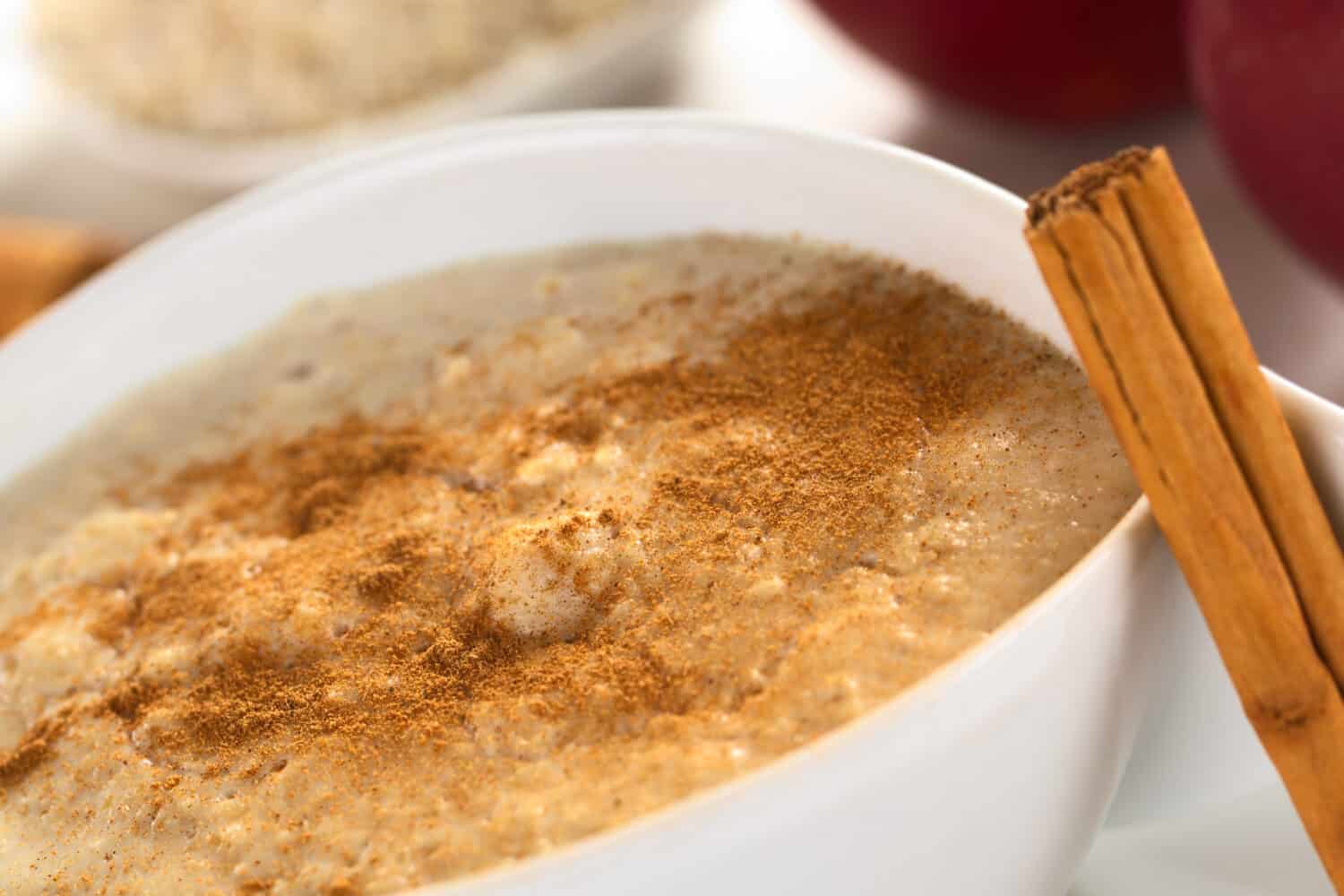
Flavored oatmeal packets gained popularity in the ’70s as a quick, instant breakfast. However, the added sugar in some varieties can account for half of the ADA’s recommended daily allowance of sugar. Many people now choose to make their own oatmeal with a sprinkle of dried fruits and nuts.
Frozen diet meals

Frozen diet dinners were once a staple for people watching their weight. While they may be low in calories, many are still incredibly high in sodium and preservatives while containing less nutrients than home-cooked meals made with whole foods.
Frozen yogurt

The frozen yogurt craze of the ’80s saw a short recurrence in the early 2000s. Frozen yogurt was touted as a healthy alternative to ice cream because of its lower fat content, but it often contains even more sugar than regular ice cream, not to mention that many people order it with a slathering of candy toppings.
Fruit snacks
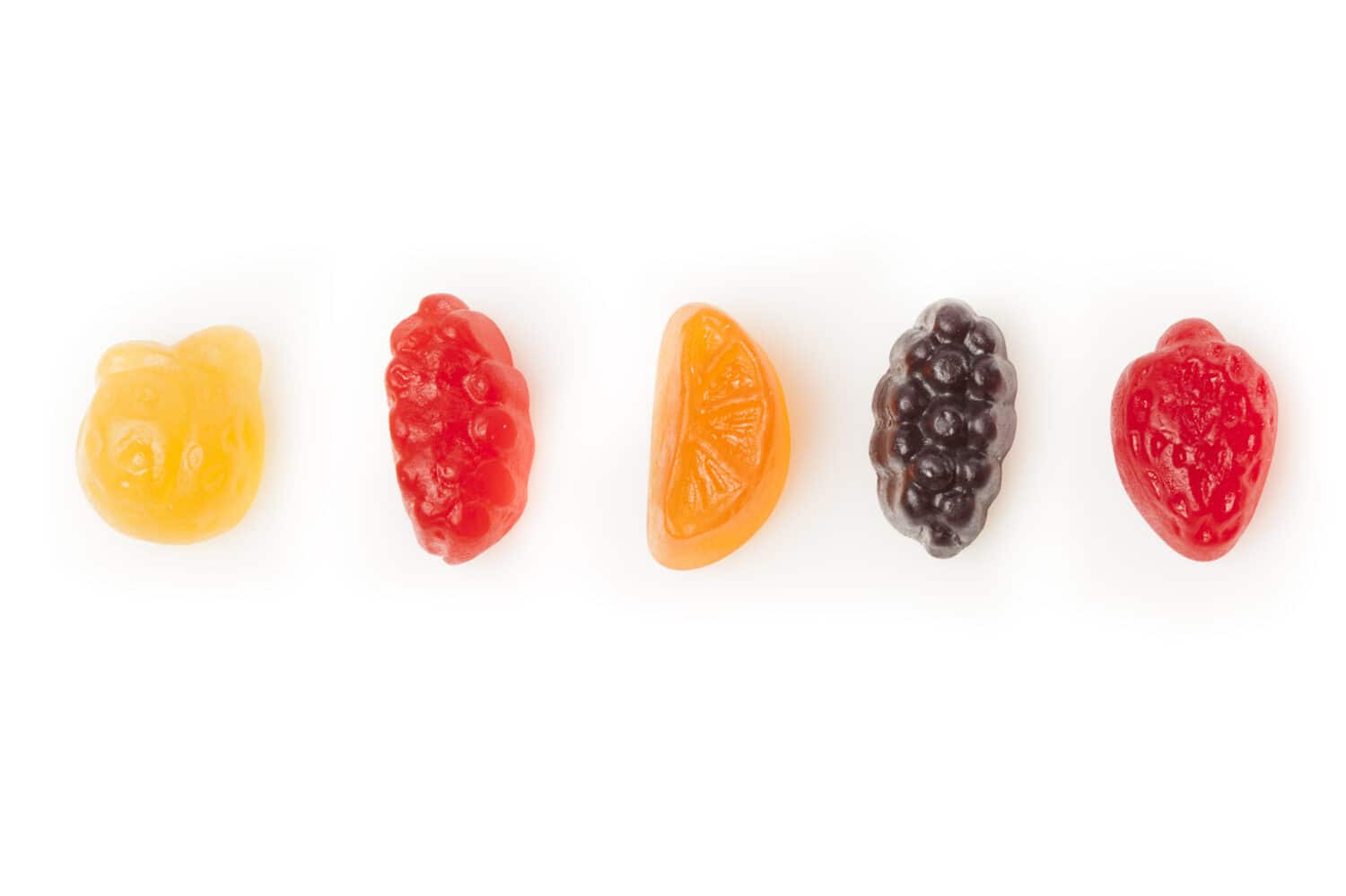
Another former lunch box staple, gummy fruit snacks are barely similar to eating fresh fruit. They’re basically sugar bombs with little of the fiber or nutrients that real fruits offer, but plenty of artificial colors and flavors.
Granola bars
Granola bars became popular in the ’70s and ’80s. Whole grain oats are surely good for you, but throw in a handful of chocolate chips, some high fructose corn syrup, and hydrogenated oils, and you’re looking at a high calorie, low nutrient snack.
Margarine
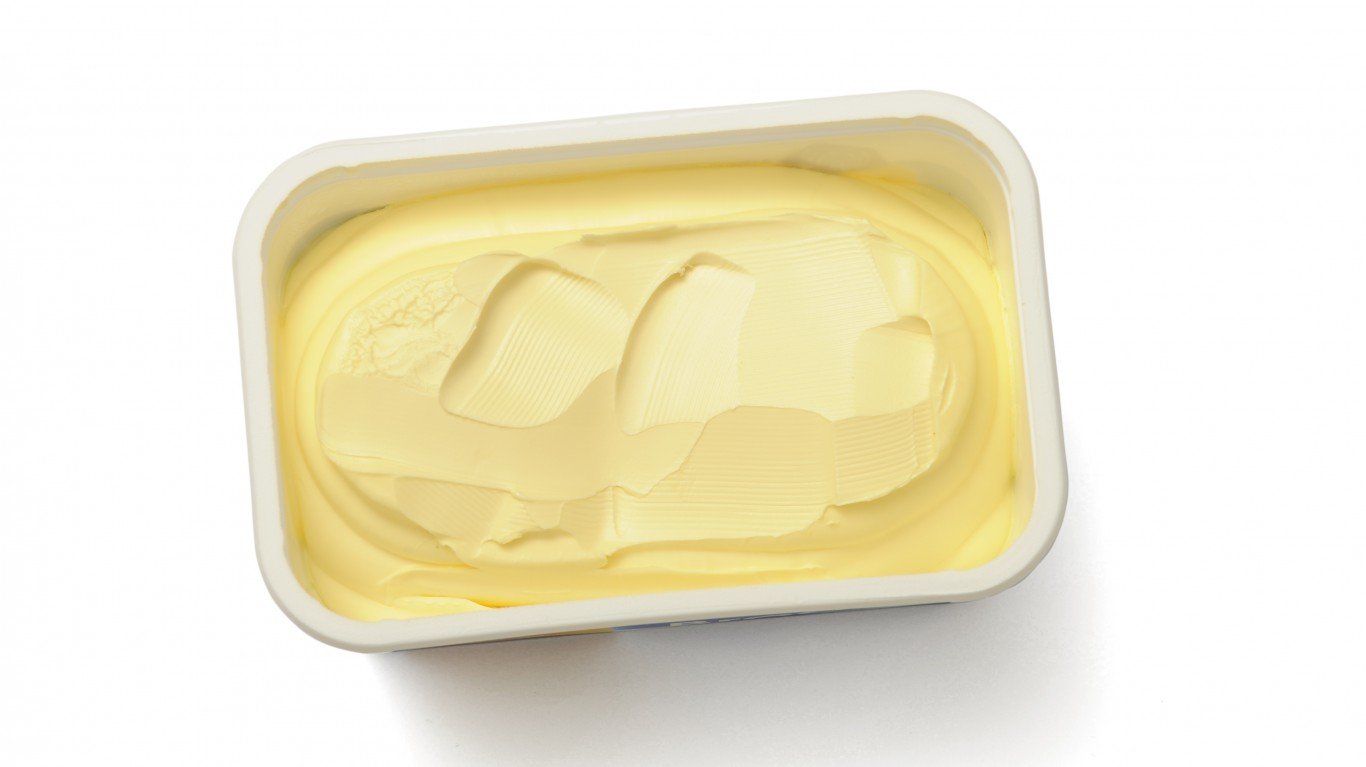
Once regarded as being healthier than butter because it’s lower in saturated fat, margarine commonly contains trans fats, which are associated with a higher risk of heart disease and can also raise your LDL “bad” cholesterol levels.
Meal-replacement shakes
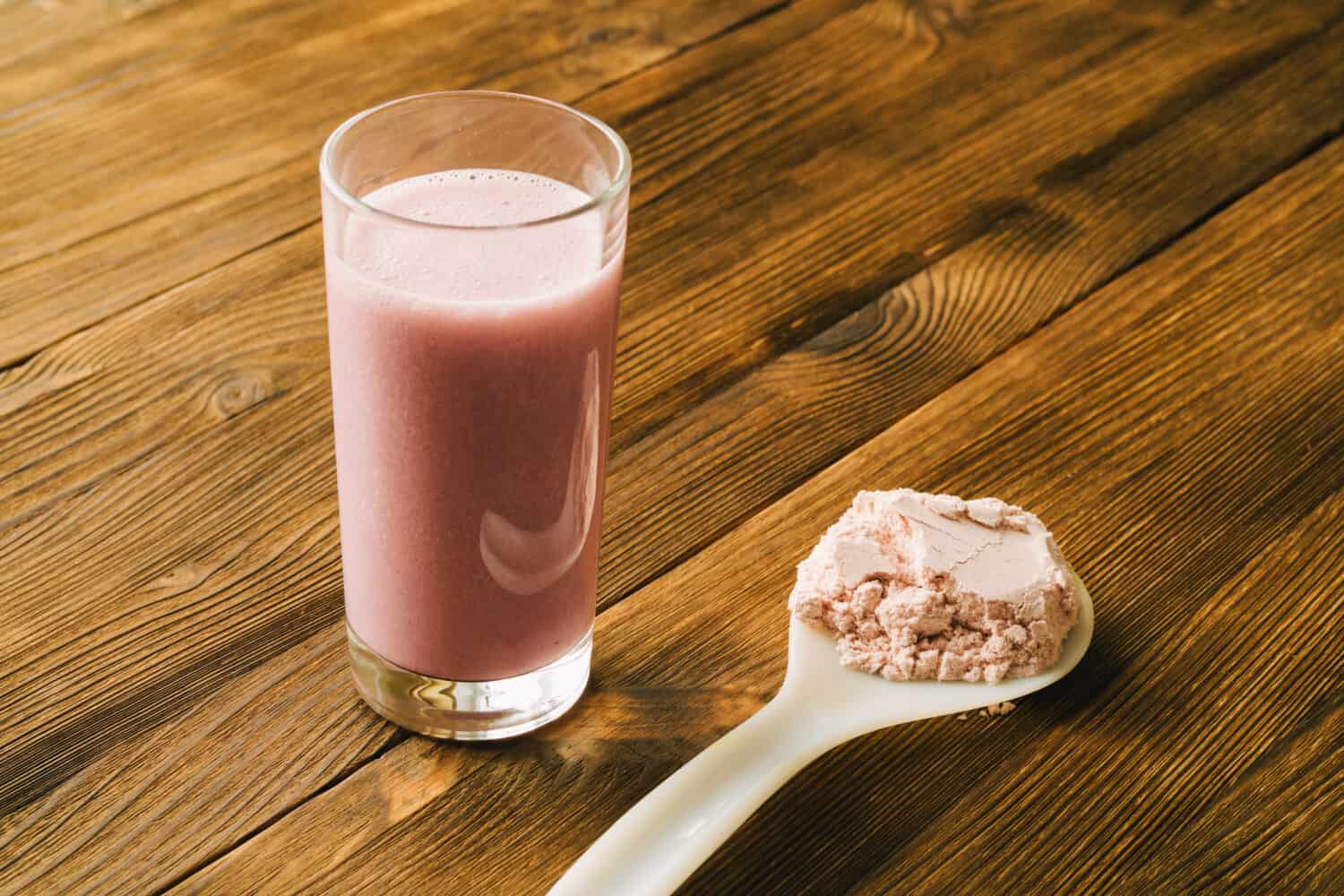
Diet shakes and meal-replacement shakes seem to get a makeover every few decades. While they may be a convenient way to get nutrients, they are also often loaded with sugar. Some popular diet shakes contain as much sugar as a candy bar.
Multi-grain bread
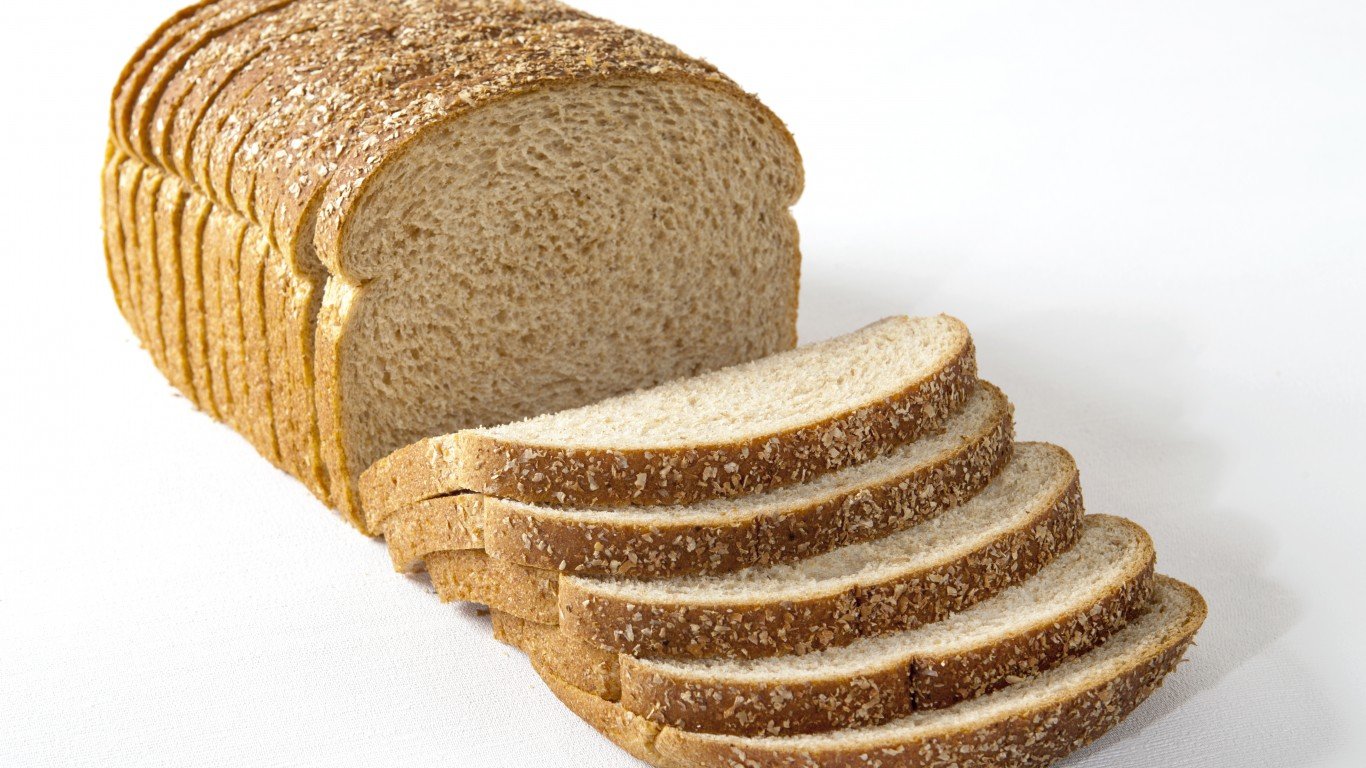
The early ’90s saw a boom in the market for commercial whole grain breads. However, reading ingredient labels is key when selecting bread. Many multi-grain breads still rely on refined wheat flour as their main ingredient, and some have high sugar contents due to added corn syrup, molasses, or honey.
Protein bars
In the mid ’90s, a protein bar craze hit the fitness world, and it eventually spread into the health food market. Although these high-octane snacks may be helpful for athletes and weightlifters, protein bars are far from health food and are unnecessary for those who eat a balanced diet. Many contain artificial flavors and colors, corn syrup, oils, and thickening agents.
Rice cakes
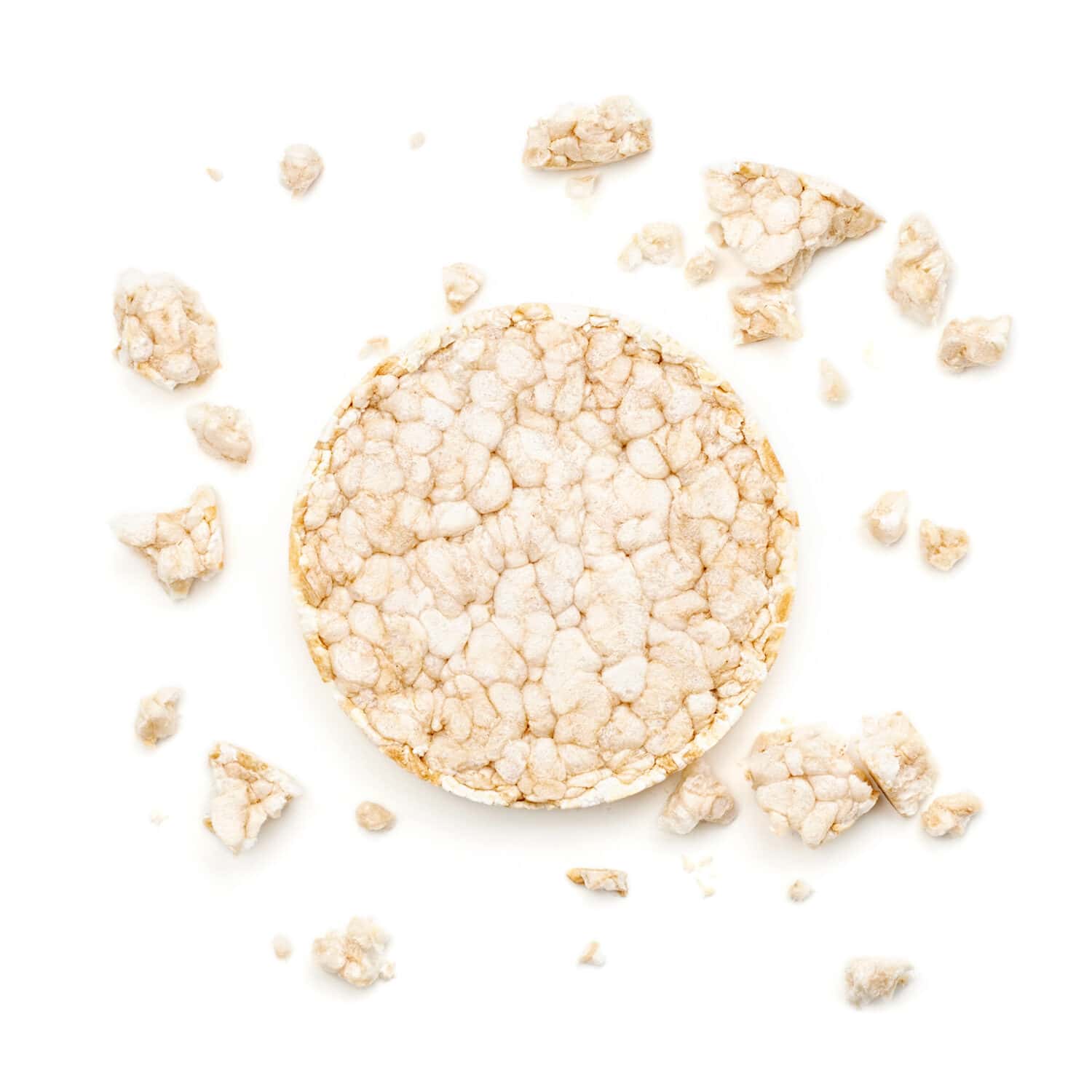
During the health food boom of the ’80s, the rice cake became king as a low-carb, low fat snack. Sure, they don’t contain many calories – but they’re also nearly devoid of fiber, protein, and nutrients. In addition, the flavored varieties can also be high in sodium.
Sports drinks
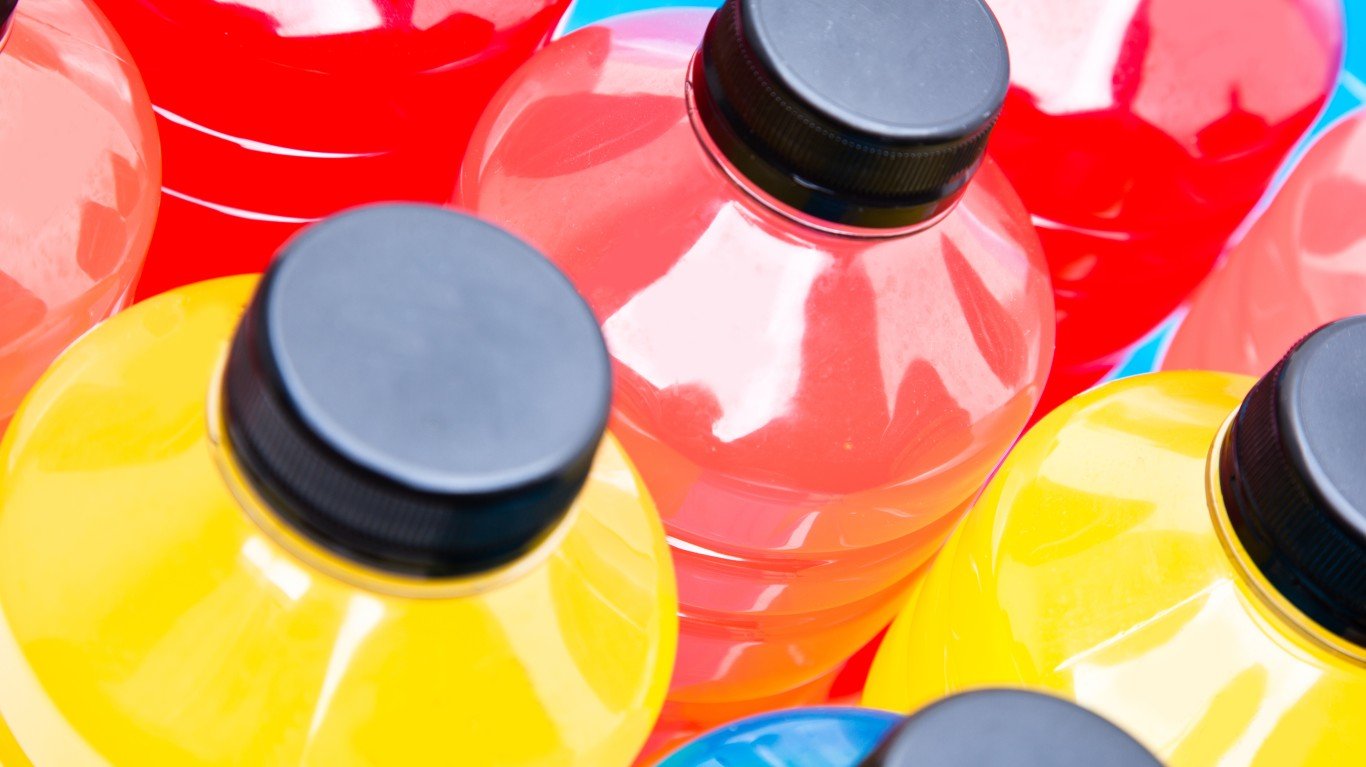
Sports drinks can help athletes regain electrolytes after intense workouts, but most people won’t benefit from drinking them on a daily basis. They are often loaded with artificial colors and flavorings, as well as added sugar.
Turkey bacon
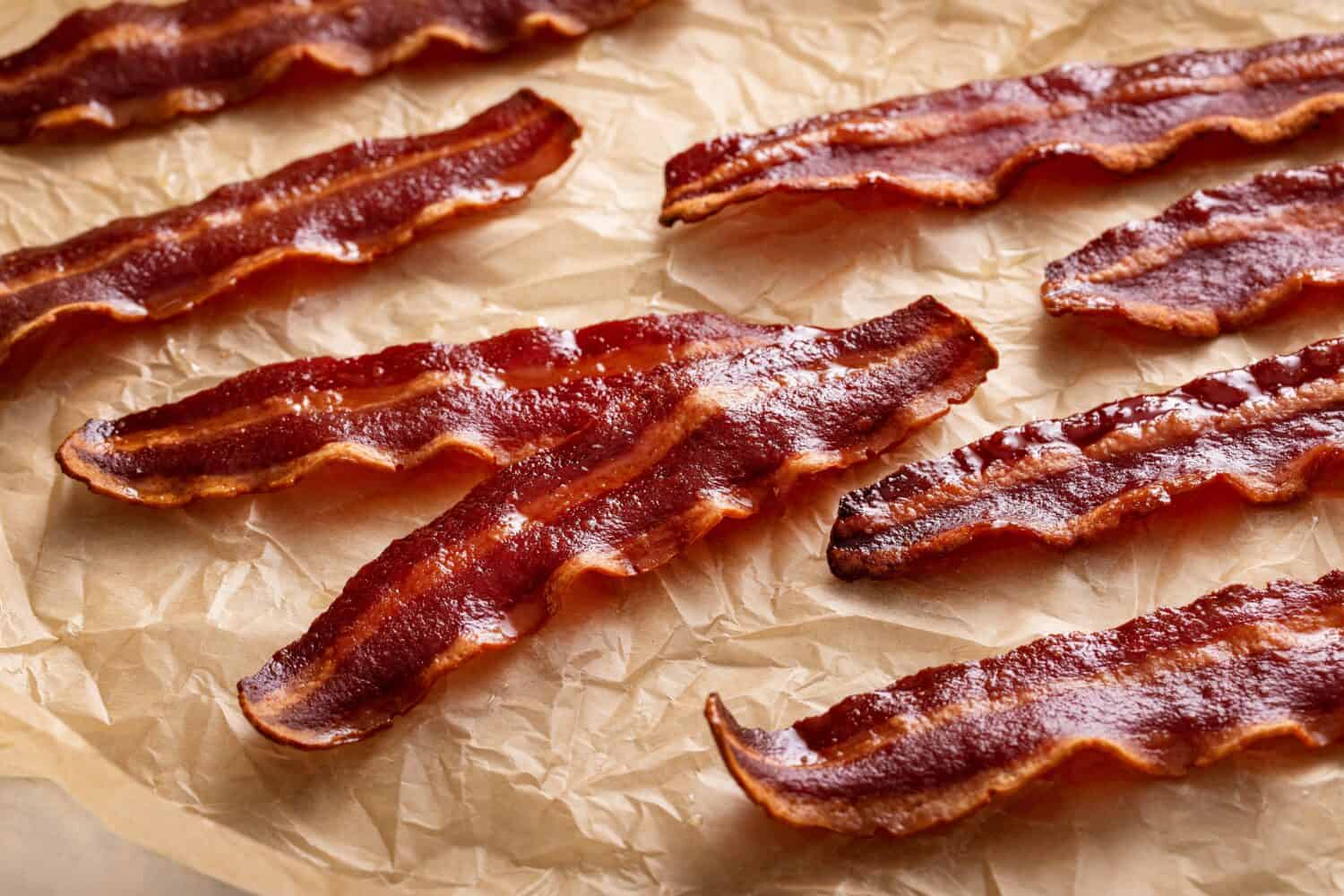
Turkey bacon became popular in the ’90s. Although it may have less calories than pork bacon, it’s still a processed meat product with fat, sodium, and nitrate contents that are something to be avoided.
Wraps
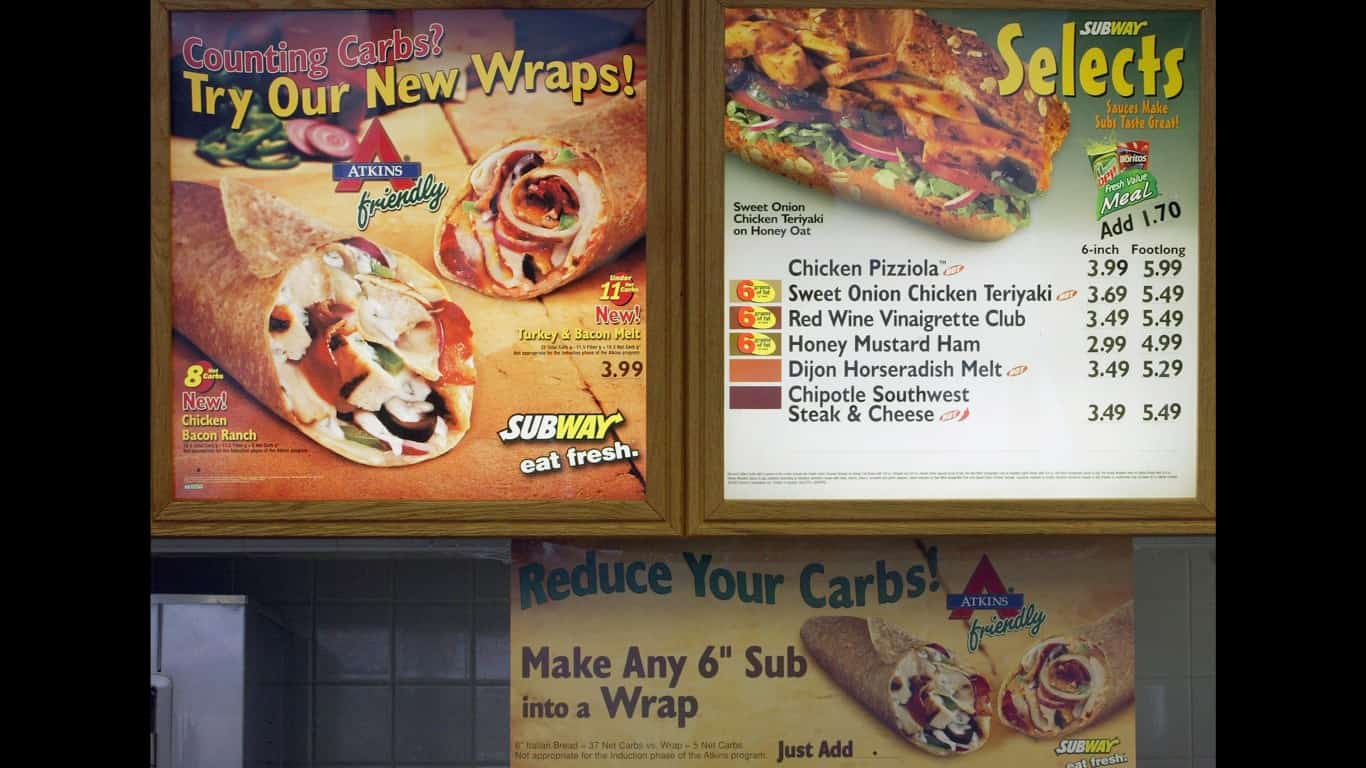
Some people chose wraps over sandwiches, assuming that they contain less carbohydrates. This is just an illusion, however. A single wrap can have more calories than two slices of bread but appear to have less mass because it is unleavened and more dense. And those spinach wraps? There’s barely enough spinach powder in them to make a nutritional impact.
Yogurt cups

While unflavored yogurt is a great source of protein and calcium, flavored yogurt cups are generally very high in sugar, with fat-free varieties sometimes containing 20 grams in one serving. Many people now opt for unflavored Greek yogurt that can be embellished with fresh fruit or nut butter.
